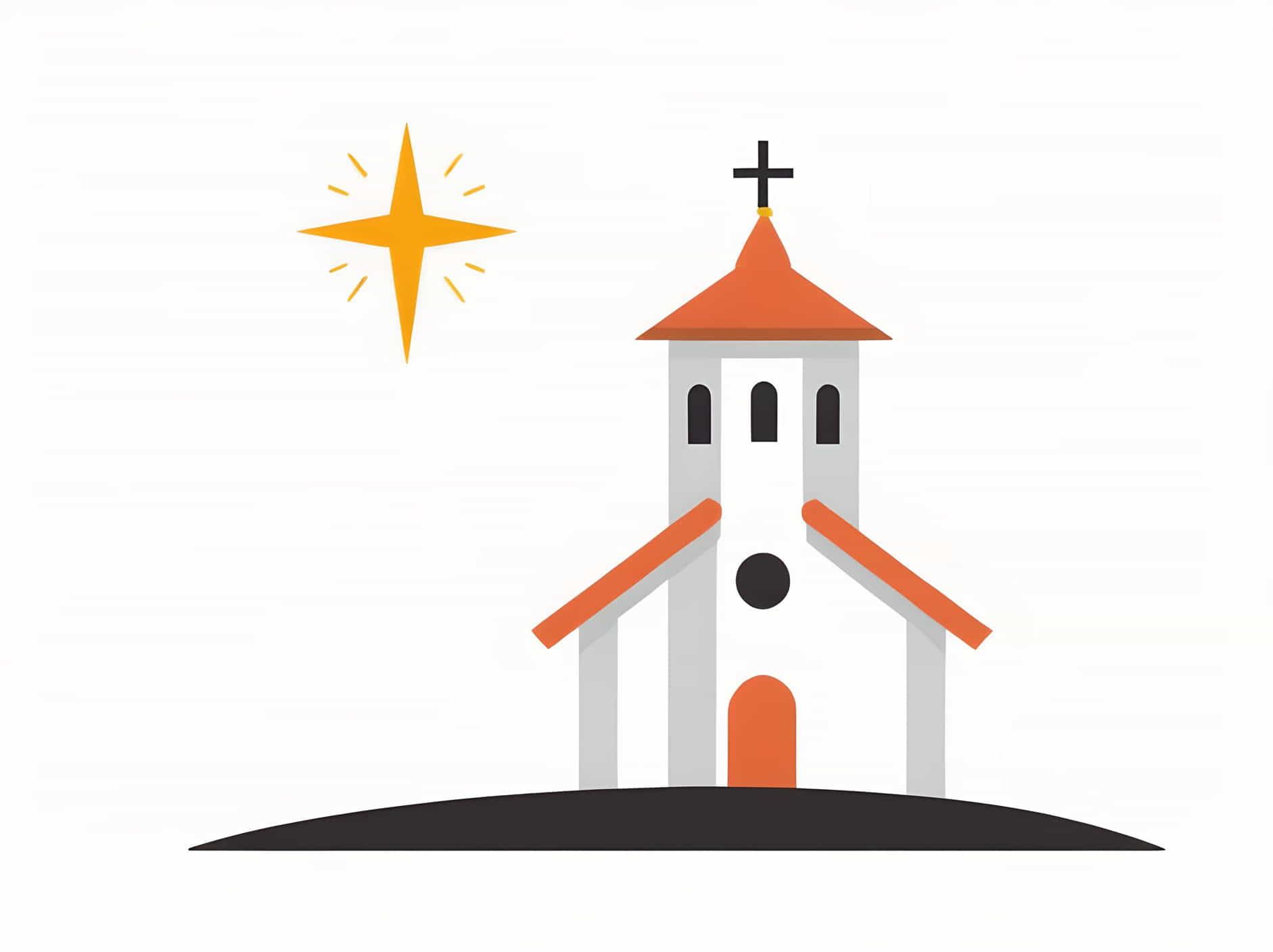
The Medjugorje apparitions, purported supernatural events that began in 1981 in the town of Medjugorje in Bosnia and Herzegovina, have garnered significant attention and debate within the Catholic Church and beyond. This article explores the Catholic Church’s stance on the Medjugorje apparitions, the processes involved in evaluating such phenomena, and the controversies surrounding these events.
Overview of the Medjugorje Apparitions
-
Background: The Medjugorje apparitions allegedly began on June 24, 1981, when six children reported seeing an apparition of the Virgin Mary on a hill near the town. The children, now adults, claim to have received regular messages from Mary, advocating prayer, fasting, reconciliation, and faith.
-
Duration and Impact: The reported apparitions have continued over decades, drawing millions of pilgrims to Medjugorje seeking spiritual experiences, healing, and guidance based on the messages attributed to Mary.
Response from the Catholic Church
-
Local Church Authorities: Initially, the local bishops’ conference and diocesan authorities in Mostar-Duvno, where Medjugorje is located, expressed skepticism and caution regarding the authenticity of the apparitions. They established a commission to investigate the events and messages systematically.
-
Vatican Involvement: The Holy See, through the Congregation for the Doctrine of the Faith (CDF) and other Vatican offices, monitored developments closely but refrained from making definitive statements early on. The Vatican encouraged discernment and careful evaluation of the phenomena.
-
Pope Francis’s Involvement: In May 2019, Pope Francis authorized pilgrimages to Medjugorje, acknowledging its spiritual significance and the positive fruits reported by many visitors. However, he stopped short of endorsing the supernatural nature of the apparitions pending further investigation.
Evaluation Criteria for Apparitions
-
Criteria for Discernment: The Catholic Church employs rigorous criteria for evaluating alleged apparitions, including:
- Doctrinal Consistency: Messages must align with Catholic teachings and promote values such as love, peace, and conversion.
- Psychological and Spiritual Integrity: Seers’ mental and emotional well-being, consistency in their accounts, and the impact on their spiritual lives are scrutinized.
- Fruitfulness: Apparitions should bear spiritual fruits such as increased prayer, conversion, and acts of charity among believers.
-
Local Bishop’s Authority: The local bishop holds the primary authority in evaluating alleged apparitions within his diocese. He consults experts, theologians, and psychologists to assess the supernatural claims and their implications.
Controversies and Skepticism
-
Divisive Opinions: The Medjugorje apparitions have divided opinions among Catholics and theologians worldwide. Skeptics argue about inconsistencies in messages, the long duration of the phenomena, and financial interests associated with pilgrimage tourism.
-
Political and Cultural Context: The events in Medjugorje unfolded during a politically turbulent period in the former Yugoslavia, adding layers of complexity to the interpretation and reception of the apparitions.
Impact on Pilgrimages and Devotion
-
Pilgrimage Destination: Despite the controversies, Medjugorje has become a popular destination for Catholic pilgrims seeking spiritual renewal and healing. Many visitors report transformative experiences and strengthened faith.
-
Devotional Practices: Devotees of Medjugorje adhere to practices recommended by the seers and messages, including daily prayer, fasting, sacramental confession, and acts of charity.
Conclusion: Continuing Discernment and Spiritual Reflection
In conclusion, the Catholic Church’s response to the Medjugorje apparitions illustrates its cautious approach to supernatural phenomena, emphasizing discernment, doctrinal fidelity, and pastoral care. While acknowledging the spiritual significance of Medjugorje for many believers, the Church continues to withhold definitive judgment on the supernatural nature of the apparitions. The ongoing evaluation process underscores the Church’s commitment to truth, unity, and the spiritual welfare of the faithful. Whether viewed as a divine manifestation or a cultural phenomenon, Medjugorje prompts reflection on faith, prayer, and the enduring quest for spiritual authenticity within the Catholic tradition.